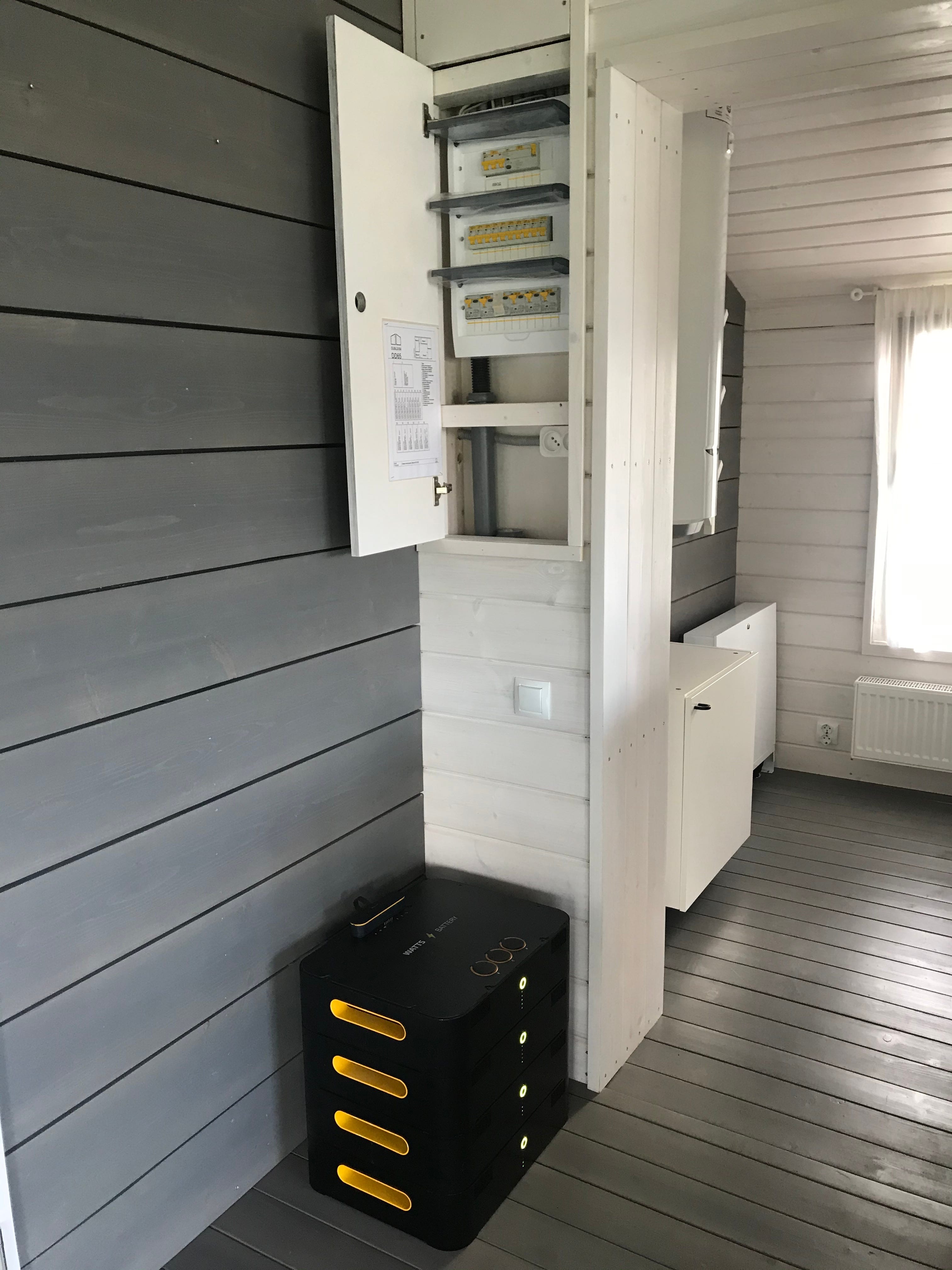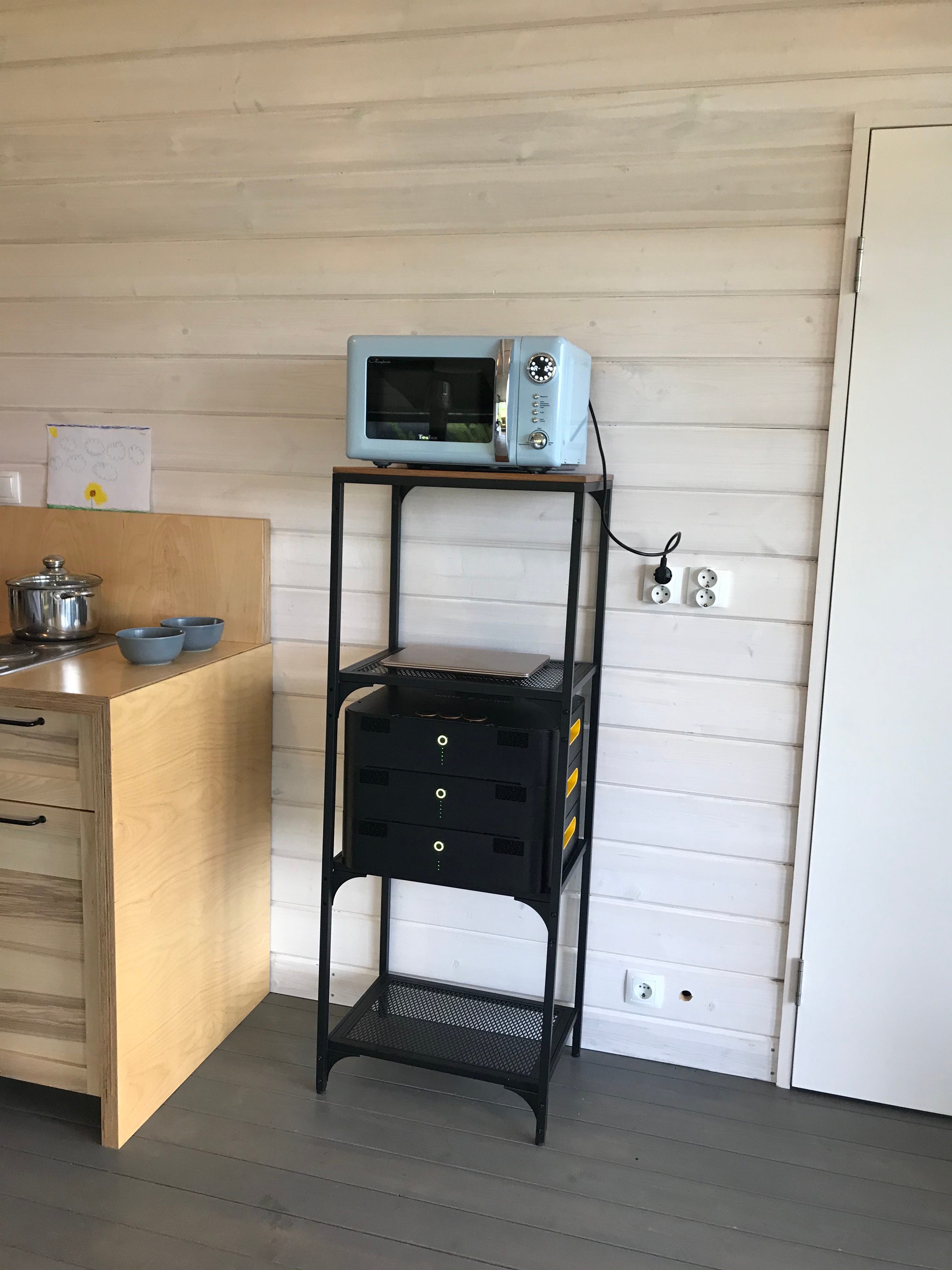Recent years have seen an increased number of household owners (around the world) in adopting residential energy storage systems. This trend — which is in a largely driven by (1) the gradually falling prices of the residential energy storage systems, (2) the increase in residential electricity prices, and (3) the reduction of solar PV generation feed-in-tariffs — enables household owners to store the excess of their solar PV generation during the day and use it later at night, hence reducing their carbon emissions and electricity bills even further.
Looking at Figure 1, the gradually battery pack costs reduction has contributed to the steadily increase in the global annual residential energy development, reaching almost 2GW of energy storage deployment in 2019; a 130% increase from just 2 years back. Moreover, this increase, is well aligned with the gradually increasing electricity prices and the falling solar PV feed-in-tariffs around the world. For instance, and according to the the U.S. Energy Information Administration, residential electricity rates have increased nationally by around 15% in the last 10 years and solar PV feed-in-tariffs have been gradually fading (with some countries abandoning this scheme completely).

Moreover, even in the case where solar PV is not available or installed, the adoption of a residential energy storage system alone can significantly cut electricity costs down when time-of-use electricity tariffs exist. Time-of-use tariffs which are meant to encourage customers to shift their consumption to off-peak times and thus balance demand can be leveraged by your energy storage system (if such functionality is available in your system) to reduce the corresponding electricity bill. For example, the energy storage system can be charged from the electricity grid when the electricity price is low (i.e., off-peak) and use it later when grid electricity is expensive.
However, as these renewable energy technologies (i.e., solar PV, energy storage) need to be mounted and permanently fixed in buildings, the corresponding investment is primarily made by the owner of the house or building. As such, the benefits these renewable energy technologies offer are currently enjoyed only by those who own the building.
But what about the people who are just renting (i.e., tenants) a house or apartment and looking to enjoy the advantages of renewable energy technologies? Looking at the statistics in Figure 2, the percentage of renters in some countries can represent more than 40% of the country’s population. Are there any options for renters in this renewable energy future?

Several surveys highlight that tenants not only want to actively contribute to this renewable energy future, but they are also willing to pay a premium for rental properties with solar and energy storage to enjoy reduced electricity bills. Nonetheless, rental properties with such technologies are not commonly available, leaving the vast majority of renters (i.e., tenants) out of this game.
This is where Watts Battery comes into play, providing a unique, and probably the only energy storage solution in the market that can serve the needs of not only the property owners but also the tenants. An energy storage solution that does not require any fixed mounting, is scalable, and highly portable, allowing the user (tenant or owner) to move WATTS Batteries to any property they go.

People renting a house or apartment can start enjoying reduced electricity bills with just one WATTS module (e.g., reduced initial investment compared to others options in the market) and scale their system up by merely adding additional WATTS Battery modules on top of each other until their desired power and energy capacity is met. This way, they can effortlessly store, manage, transfer, and more efficiently use grid electric power, reducing peak tariff consumption.

And more importantly, WATTS Batteries can move in with you in your new house/apartment and travel with you anywhere you go; simply unstack any number of WATTS modules you desire and have power whenever you go (i.e., camping, fishing).